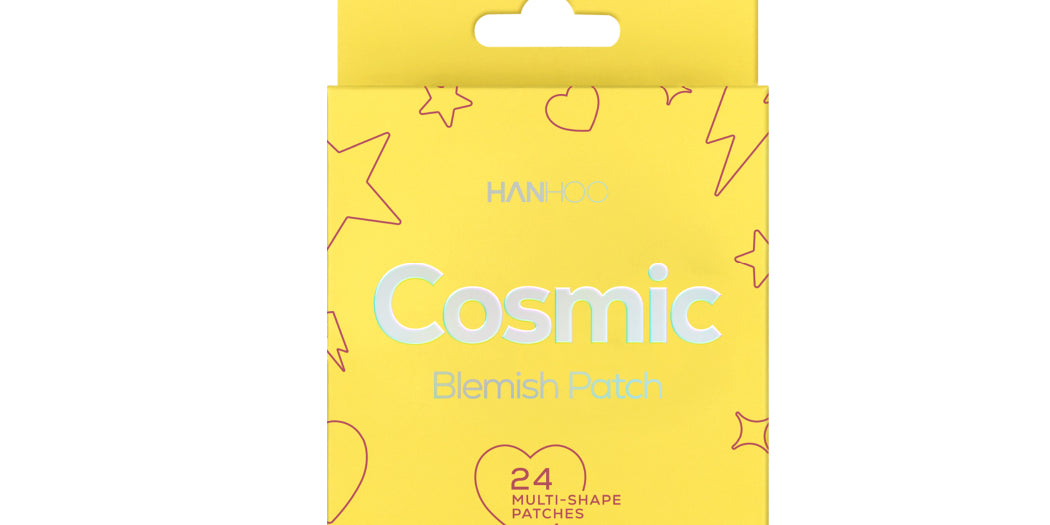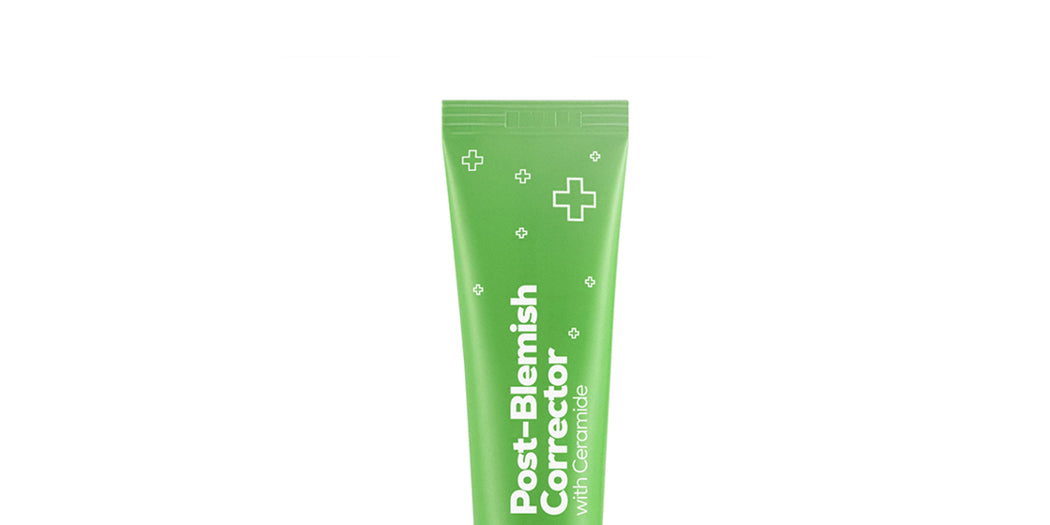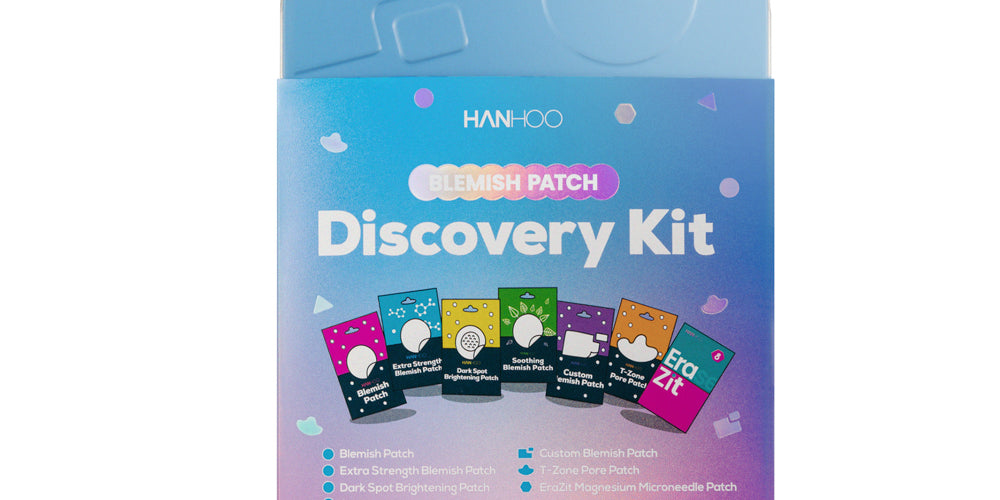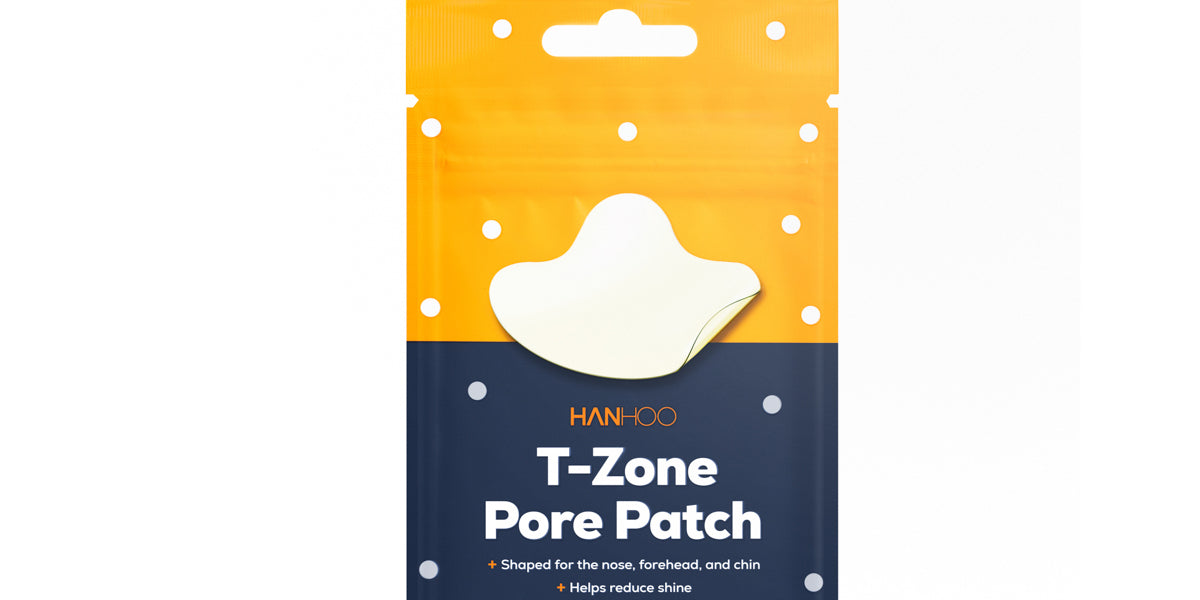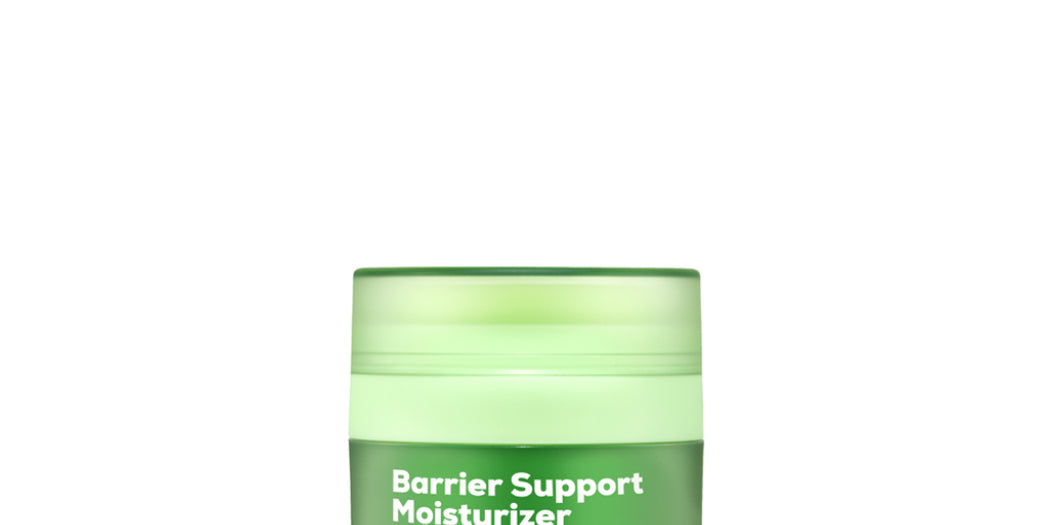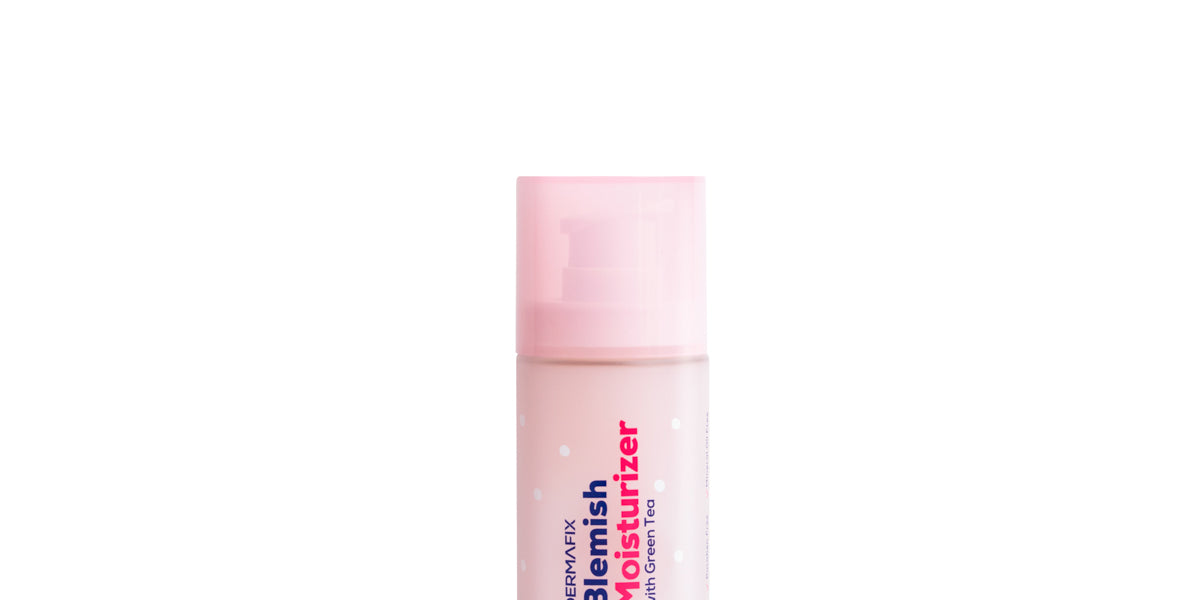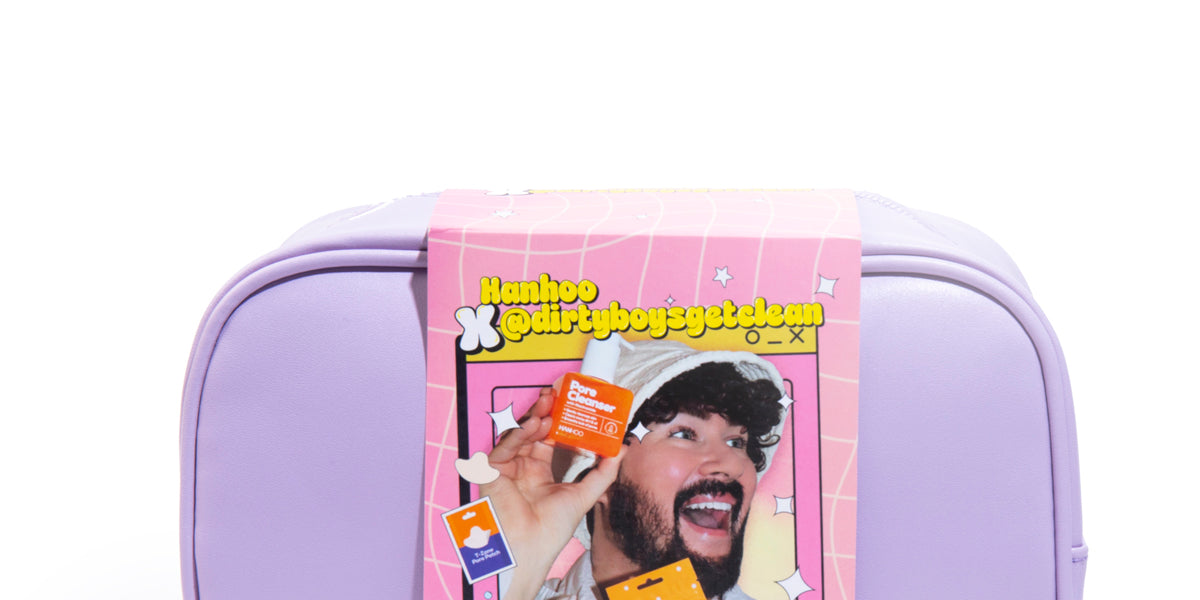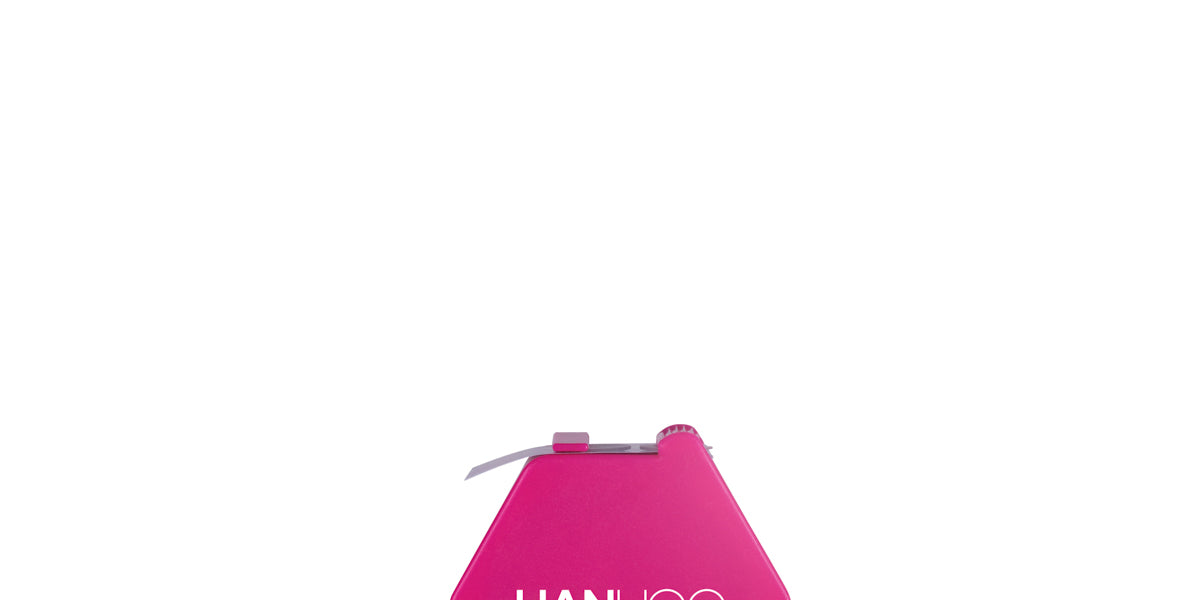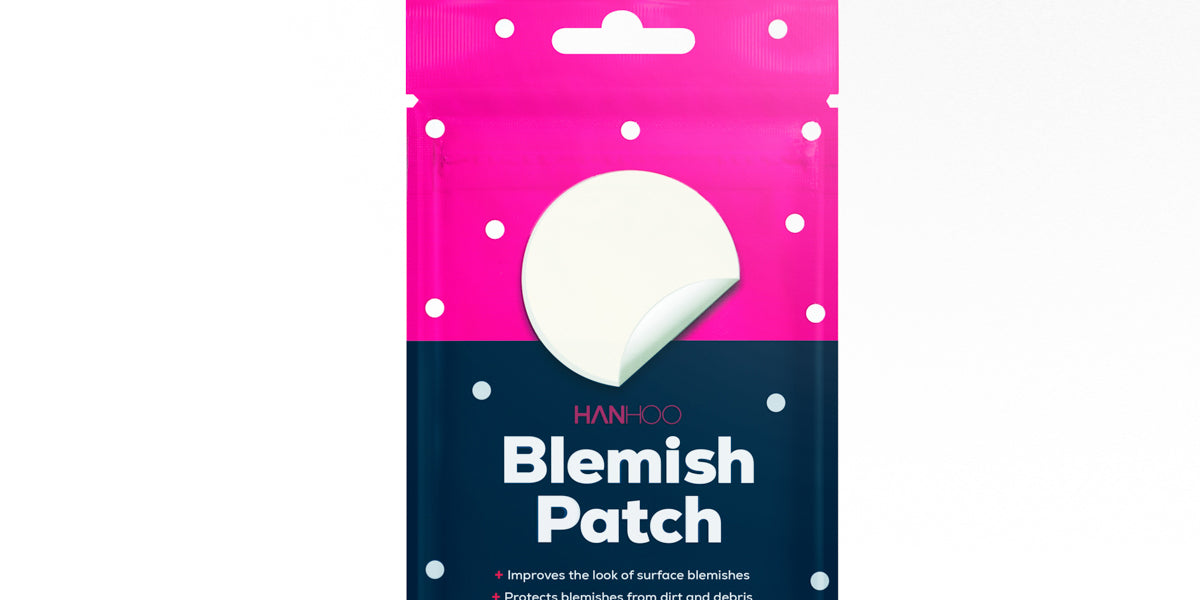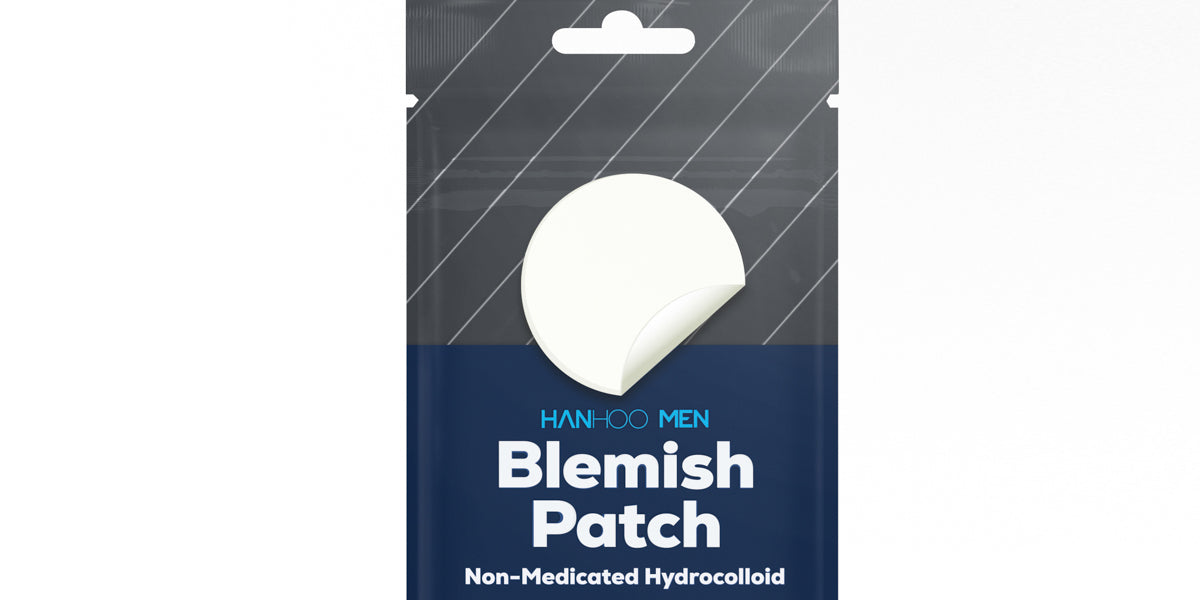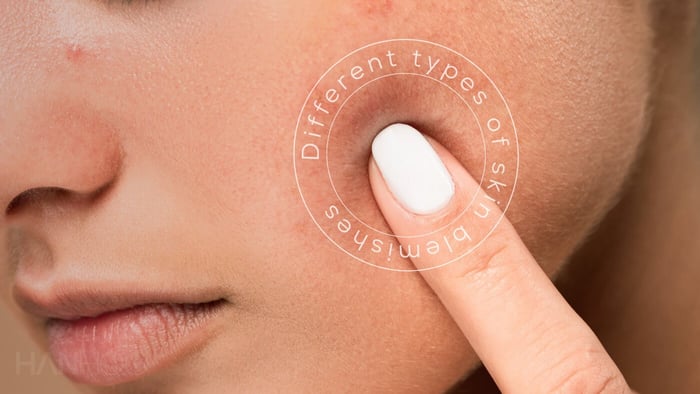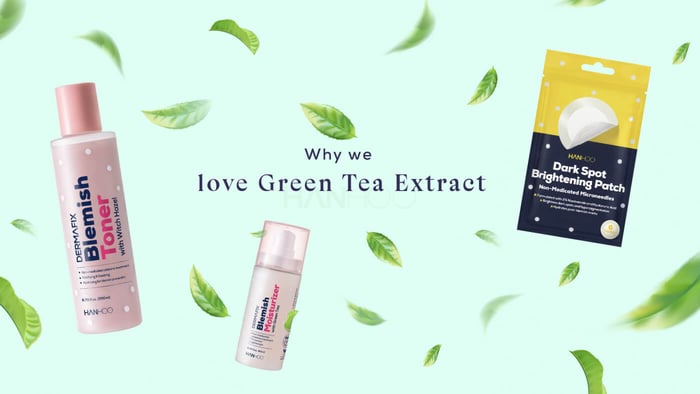If you have acne-prone skin, you may be familiar with the different kinds of blemishes that can
Identifying the type of blemish you have can really help you figure out the best way to treat it and what topical treatments will work best.
How to identify and treat different types of blemishes:

Whiteheads
Whiteheads are the type of pimples that have a little white or yellowish dot near the surface of the skin, hence the term whitehead. Whiteheads occur when sebum and dead skin get trapped in a hair follicle and are just underneath the skin. They are also the more popular type of pimple to pop. And we don’t blame you if you pop your whiteheads (we can be guilty of that too), but there are definitely safe ways to pop a pimple. So if you are a habitual pimple popper here are some steps to follow for safe pimple popping:
- Before touching your skin make sure to thoroughly cleanse your hands.
- Then, using q-tips gently apply pressure to the blemish to extract the gunk.
- Lastly, gently cleanse and dry the skin.
It’s important to note that if the whitehead does not pop with gentle pressure, that generally means you should leave it alone to prevent damaging the skin further. Applying too much pressure can irritate the pimple, cause inflammation, and even scarring.
If you do pop whiteheads, make sure to also do the proper after-care. An easy way to help the healing process of a popped pimple is by applying a blemish patch. Our Soothing Blemish Patch contains antibacterial Tea Tree Oil and soothing Aloe to help lessen swelling and boost the healing time of popped pimples.
Blemish patches are also useful if you decide to not pop a pimple as they help absorb the gunk from the pimple without you having to pick at your skin and potentially cause scarring.
Blackheads
Similar to whiteheads, blackheads occur when the hair follicle becomes clogged with dead skin cells and sebum, but while a whitehead is closed and slightly under the skin, a blackhead is open. Since the blackhead is “open” it is exposed to air and the dead skin and sebum buildup oxidizes causing the blackhead to appear dark or black.
Extractions of blackheads are quite similar to whiteheads but there are also specific tools that can be used for blackheads. But, overdoing extractions can also irritate the skin and cause inflammation if done incorrectly.
For this reason, using chemical exfoliants like Salicylic Acid can be a better method to treating blackheads. Chemical exfoliants can help break down the gunk trapped in pores to help minimize blackheads.
Additionally, removing excess sebum can also help reduce the appearance of blackheads. Our T-Zone Pore Patch helps absorb excess oil from the skin to help prevent the oil from clogging up hair follicles in the first place.
Cystic Pimples
Arguably the most annoying type of acne are cystic pimples. Cystic pimples are the type that are red, inflamed, and even painful to the touch.
They occur deep in the skin and are caused by dead skin, sebum, and bacteria. Hormonal fluctuations like those during pregnancy and menstruation can also cause cystic breakouts due to the hormone's effects on the skin (like the overproduction of sebum).
While whiteheads can be safely popped at home, cystic pimples should definitely not be messed with. Since these types of pimples are deep in the skin, applying pressure runs the risk of pushing the infection deeper in the skin, increasing inflammation, and making the pimple more painful.
When it comes to topicals, it is recommended to use Salicylic Acid and Benzoyl Peroxide to help minimize cystic pimples. Salicylic Acid helps break down the sebum and dead skin cells and Benzoyl Peroxide helps kill acne-causing bacteria. Our Salicylic Acid-infused Extra Strength Blemish Patch helps protect cystic pimples from outside bacteria while reducing the size of the painful pimple.
However, if the cystic acne persists even with the use of topicals, it's best to seek help from a dermatologist.
Dark Spots
While a dark spot isn’t a pimple itself, it’s typically what’s left behind from acne. If you tend to pop pimples, you may notice some lingering spots once the skin has already healed. This is basically an acne scar that is either red or brown in appearance. Dark spots can also be caused by sun damage, which can also darken existing acne spots if you don’t apply the proper sun protection.
The treatment of dark spots is something that takes more time than that of a regular pimple, with topicals typically lightning the spots in weeks or even months. When looking to treat dark spots, the best ingredients that help to fade the spots include:
- Niacinamide
- Kojic Acid
- Alpha Arbutin
- Tranexamic Acid
- Retinoids
- Vitamin C
Our Dark Spot Brightening Patch is infused with 2% Niacinamide to help fade the appearance of dark spots and include Green Tea to protect against further sun damage.

TL;DR
Whiteheads are caused by a buildup of dead skin and sebum and are just under the skin.
Blackheads are also caused by a buildup of dead skin and sebum but are on the surface of the skin (the exposure to air causes the gunk to oxidize and appear dark/black).
Cystic pimples are caused by a mix of dead skin, sebum, and bacteria, are deep in the skin, and appear large, red, and can be painful.
Dark spots are marks left from sun damage or acne scarring that can appear red or brown in color.
Hanhoo Blemish Patches are infused with key ingredients to help with these different types of blemishes.

